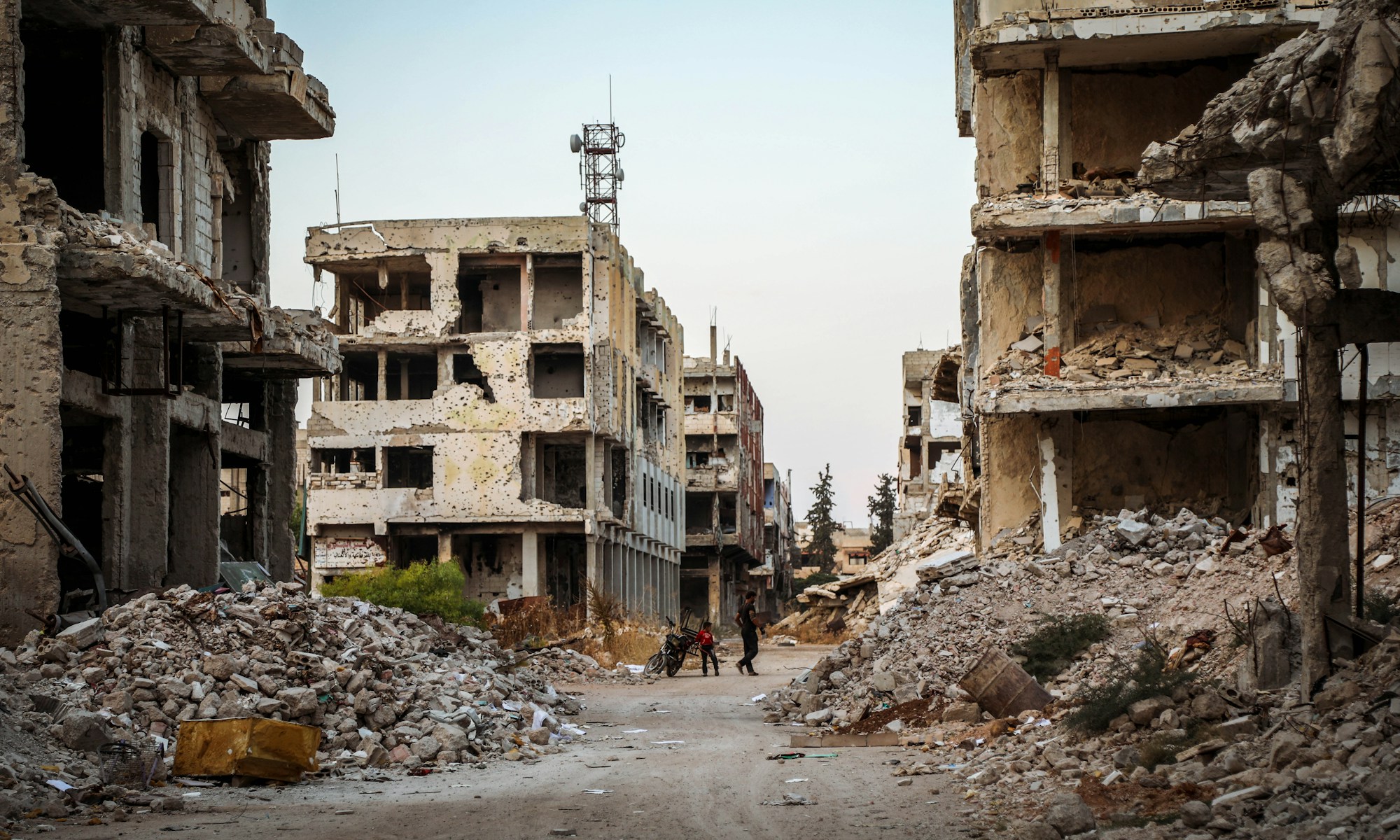1 March 2023 – by Cosmo Sanderson
A new report has found climate change is fuelling violence that has led to the displacement of over 5 million people in the Lake Chad Basin, calling for action that recognises the “dangerous link” between the issues.
Refugees International released a report in January arguing that the influence of climate change on conflict and displacement in the basin has been “ignored for too long”.
Governments and agencies need to “move beyond” an approach that focuses only on regional security, according to the US-based NGO. “That approach not only misses the worsening impacts of climate change and displacement but overlooks how they fuel insecurity.”
The Lake Chad Basin serves as an important source of freshwater and fish as well as a trading hub for the four countries that share its shores: Chad, Cameroon, Nigeria and Niger.
However for the last 13 years the region around the lake in all four countries has been ravaged by conflict and violence. The UN estimates that 24 million people are now affected by the crisis, with around 5.3 million displaced.
In its report, Refugees International says the crisis and displacement caused are often “viewed through the lens of regional security” – including attacks by Islamist groups such as Boko Haram in Nigeria.
But the report argues that the uptick in conflict and displacement has been fuelled by increased competition for land, water and food as a result of global warming.
A “prime example” of this came in Cameroon in 2021, when climate-driven scarcity triggered tensions between fishing, farming and herding communities – resulting in an “eruption of violence”. Around 60,000 Cameroonians sought refuge in neighbouring Chad as a result.
The report called for a then-upcoming summit on the Lake Chad Basin, which took place last month, to “address the nexus of climate change, violence and displacement” as part of its plan for stabilising the region.
Speaking at the conference, Niger’s foreign minister Hassoumi Massoudou acknowledged that action taken so far seems “very far from the reality” of the needs of those being exposed to the “cumulative effects of insecurity and climate change.”
Over US$500 million in aid was pledged at the conference, although this sum is far short of the estimated US$1.8 billion the UN has said is required.




